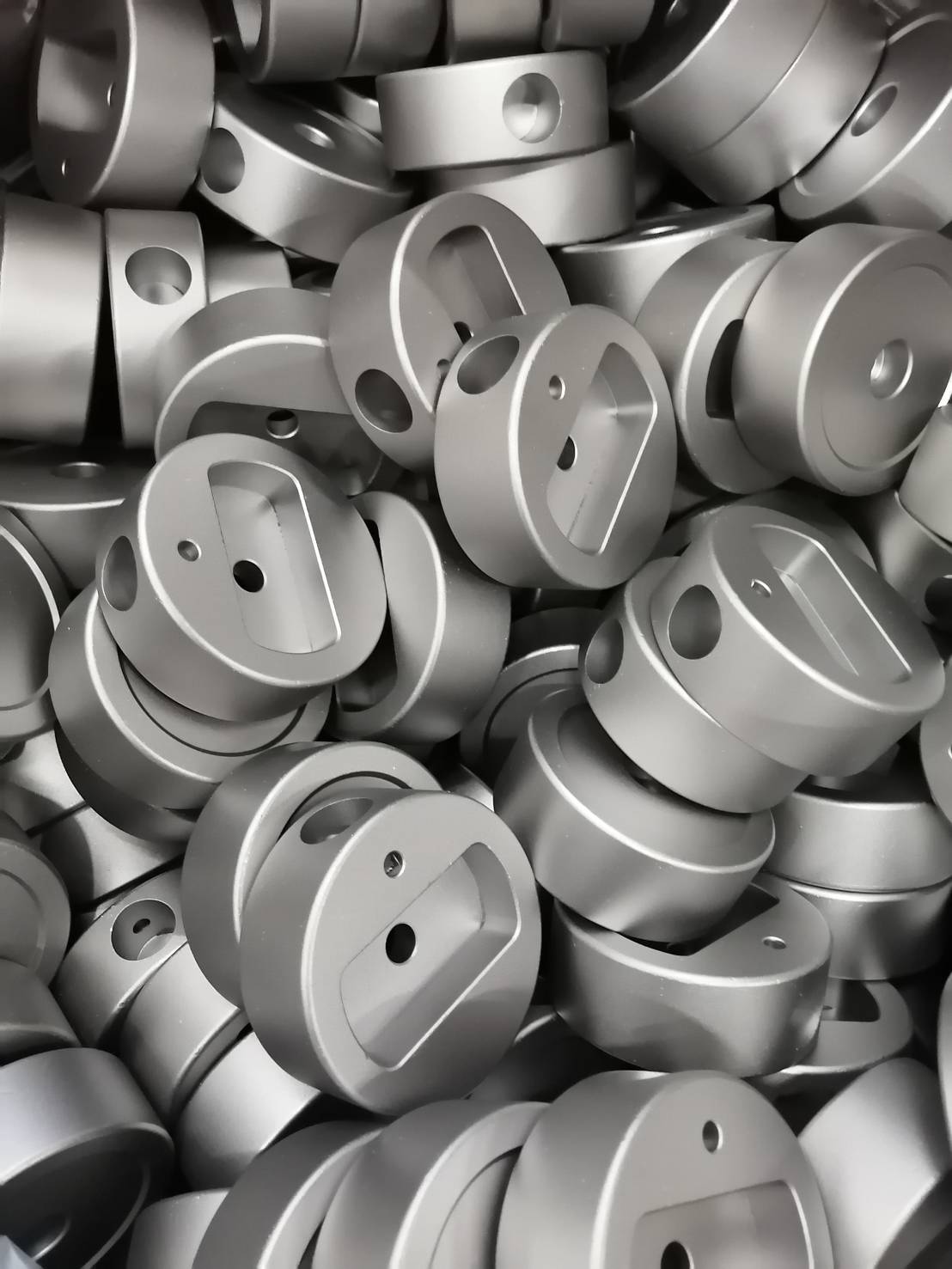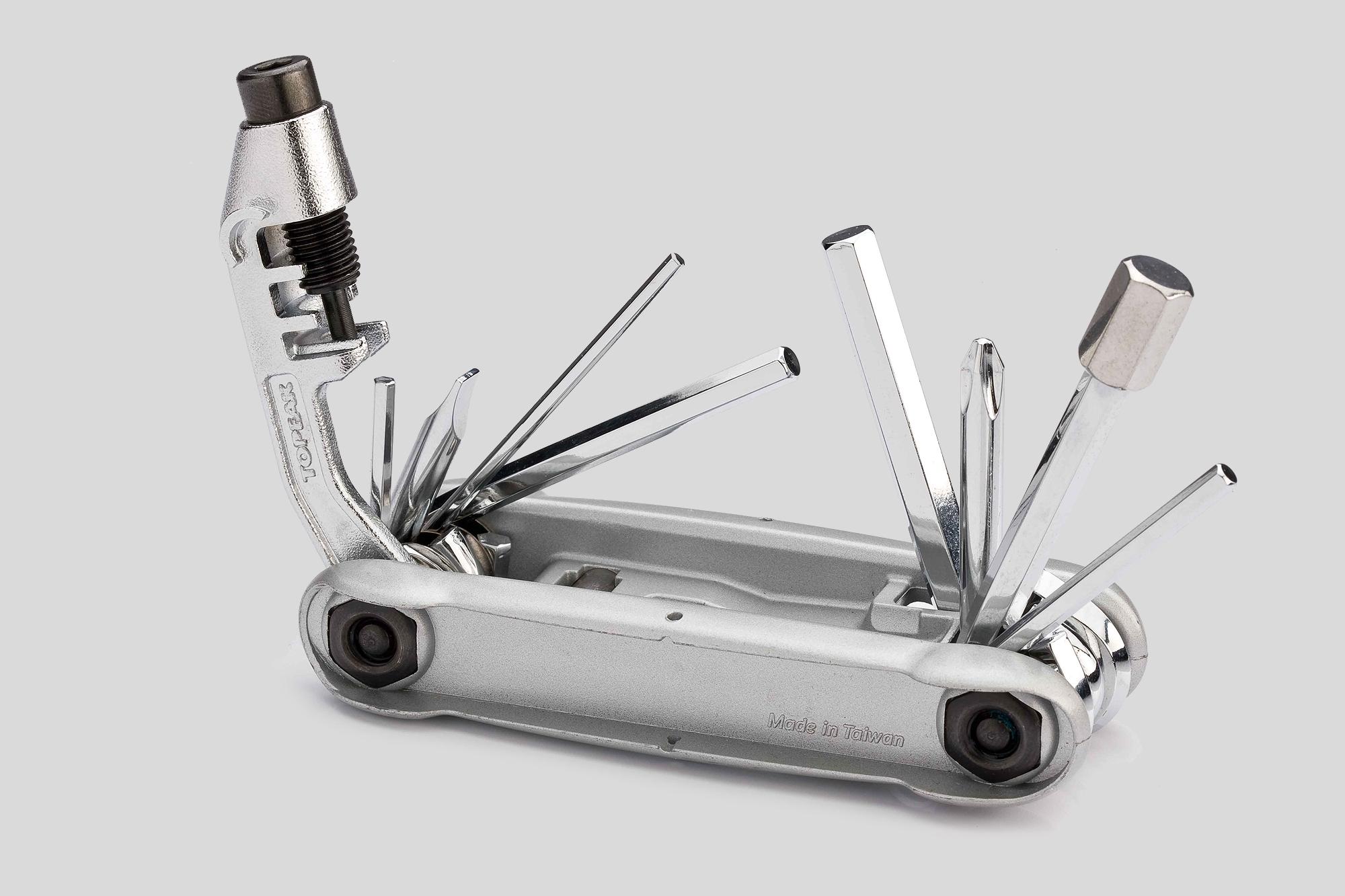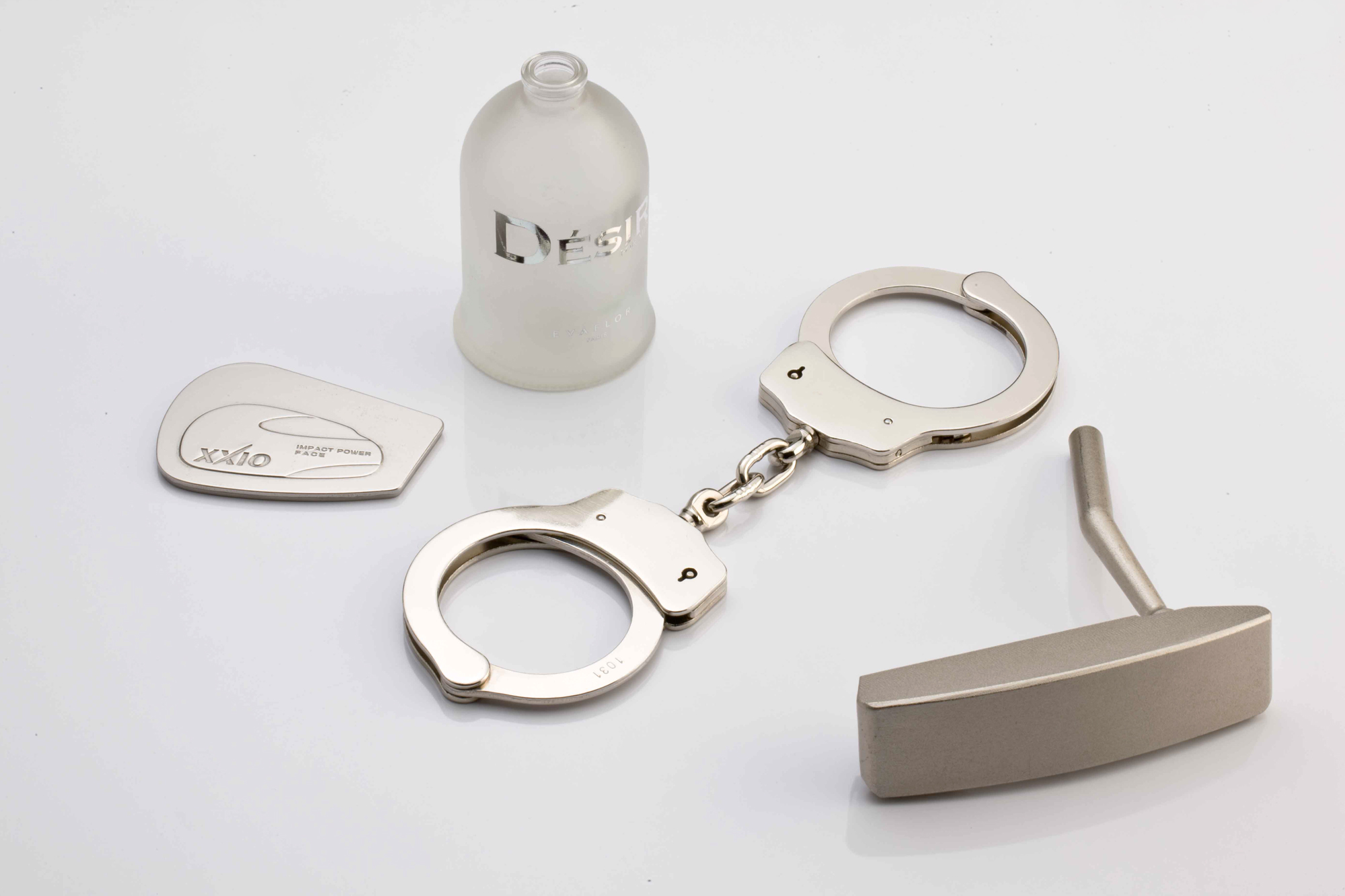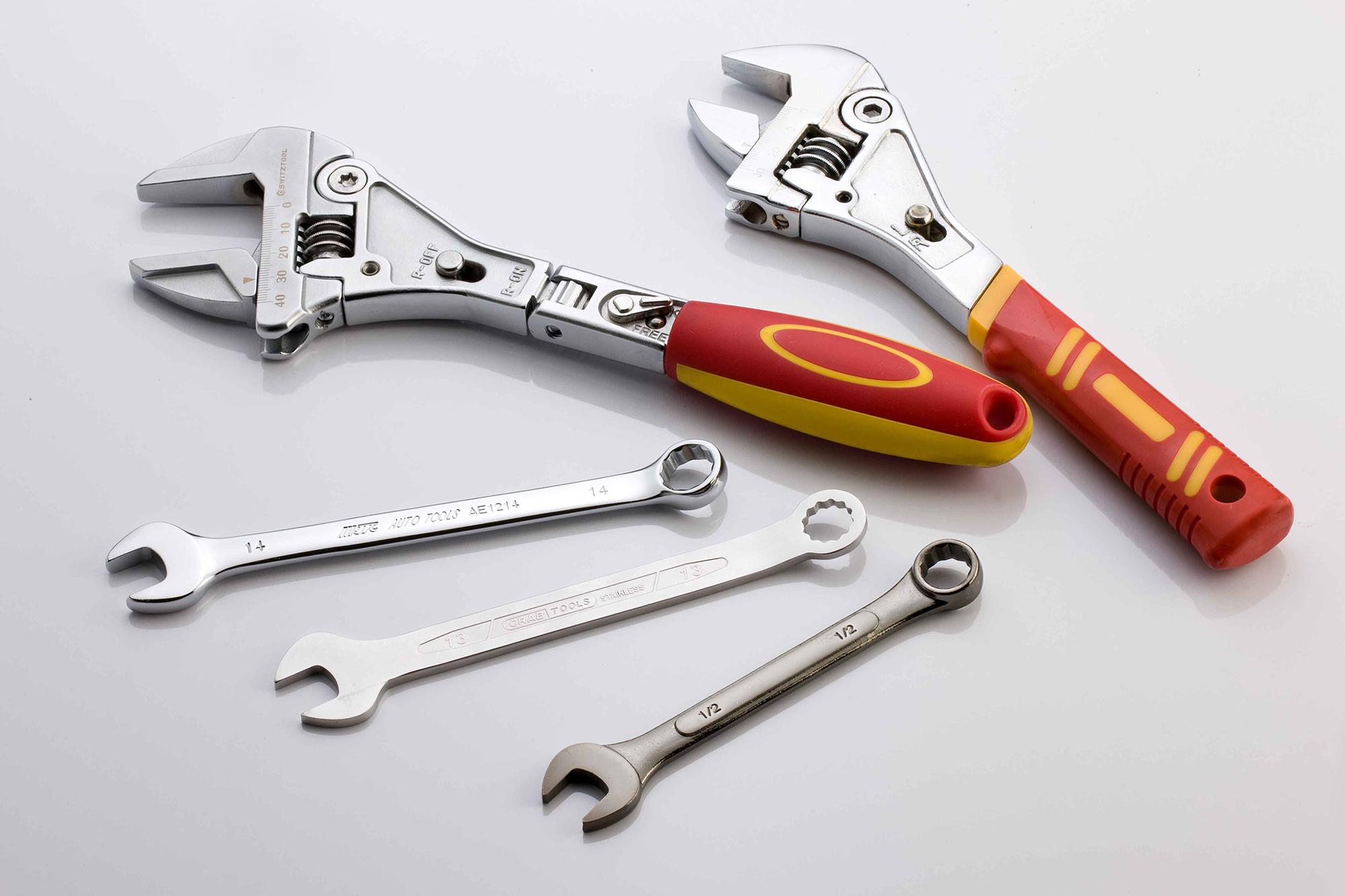sandblasting
Surface sandblasting, also known as abrasive blasting, has the following advantages:
-
Removal of dirt and oxidation: Surface sandblasting effectively removes dirt, oxidation, and other surface imperfections from materials such as metal, plastic, and glass. It restores the surface to a clean and smooth state, providing a better foundation for subsequent processes like painting, bonding, or coating.
-
Increased roughness and surface adhesion: Sandblasting alters the surface roughness, increasing both surface area and texture. This is crucial for enhancing the adhesion of subsequent processes such as painting, bonding, or coating, ensuring better adhesion and durability of the applied layers.
-
Enhanced aesthetic effect: Surface sandblasting imparts a unique texture and appearance to the treated objects. The sandblasted surface typically exhibits a matte or frosted effect, giving objects a more refined and delicate appearance while reducing glare and visible smudges.
-
Strong adaptability: Surface sandblasting is applicable to a wide range of materials, including metal, plastic, glass, ceramics, and more. Whether it's flat or curved surfaces, large or small objects, appropriate sandblasting equipment and parameters can be employed. This adaptability makes sandblasting a widely-used surface treatment method.
-
Improved functionality: In specific applications, sandblasting can also enhance the functionality of objects. For instance, it can increase the friction of metal objects to improve slip resistance or increase the surface roughness of ceramics to enhance stain resistance.
It is important to note that safety precautions should be taken during the sandblasting process, such as wearing personal protective equipment, controlling the amount of abrasive media used, and ensuring proper ventilation, to ensure the safety of personnel and the environment. Additionally, choosing the appropriate abrasive media and parameter settings is crucial to achieve the desired sandblasting effects.
Translation:
表面噴砂 (Biǎo miàn pēn shā) - Surface sandblasting/abrasive blasting
去除污垢和氧化層 (Qù chú wū gòu hé yǎng huà céng) - Removal of dirt and oxidation
增加粗糙度和表面附著力 (Zēng jiā cū cāo dù hé biǎo miàn fù zhuī lì) - Increased roughness and surface adhesion
適應性強 (Shì yìng xìng qiáng) - Strong adaptability
改善物體功能性 (Gǎi shàn wù tǐ gōng néng xìng) - Improved functionality of objects
定期維護 (Dìng qī wéi hù) - Regular maintenance
外觀持久 (Wài guān chí jiǔ) - Long-lasting appearance



